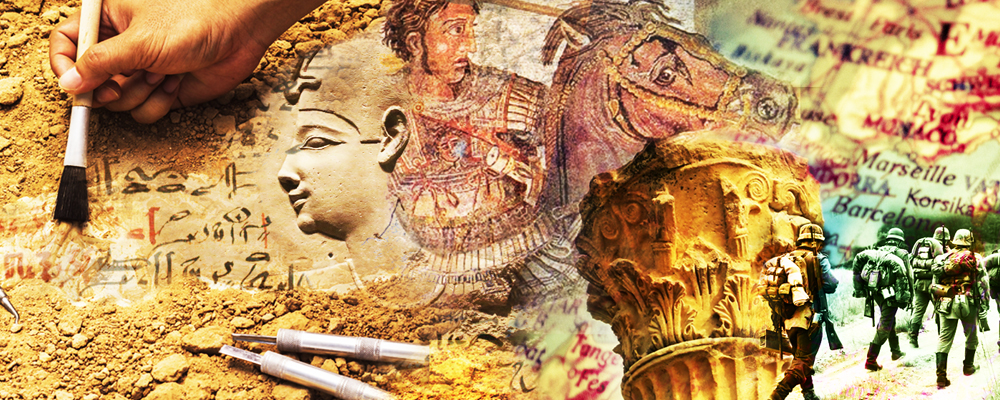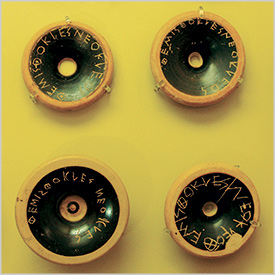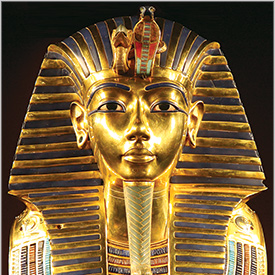From Tulip Mania to the New World
Dear ,
As the wealthiest city in Europe in the 17th century, Amsterdam transformed itself into a thriving center for great artists, scientists, writers, and scholars, as well as a hub of banking and finance. Once the city rid itself of Spanish rule and set up a society based on capitalism and world trade, it also became a metropolis that was philosophically enlightened and religiously tolerant. It encouraged art, philosophy, science, new universities, publishing, and the beginnings of international law.
On September 18, Ralph Nurnberger, a professor of international relations at Georgetown University, explores the many facets of this 17th-century hub from its heady rise to the collapse of the tulip futures—capitalism's first “bubble.”
You might also be interested in
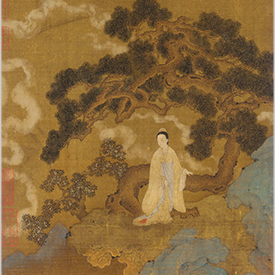
Chinese Art: From the Bronze Age to the People's Republic
4-Session Evening Course
Mon., Oct. 16 at 6:45 PM
Chinese civilization has given rise to some of the world’s most remarkable artistic creations. Art historian Robert DeCaroli examines how, across the centuries, China’s social, religious, and political life have influenced transformations in its material culture.

Portugal's Golden Ages: An Artistic and Cultural Mosaic
All-Day Program
Sat., Oct. 21 at 9:30 AM
Portugal’s famous voyages of exploration in the 15th century led to the creation of global maritime trading empires in Asia, Africa, and Brazil and fabulous wealth in the homeland. Art historian Lawrence Butler explores the art and architecture of Portugal and its dependencies during several of the country’s golden ages.
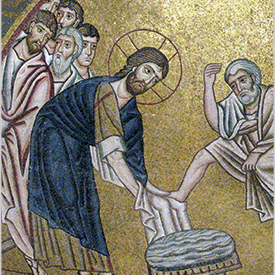
Art of the Medieval World: Cathedrals and Beyond
4-Session Daytime Course
Wed., Oct. 25 at 12:00 PM
Independent art historian Judy Scott Feldman examines the art and architecture of the 1,000-year period between classical antiquity and the Renaissance, and its relationship to a society infused with faith and spirituality.
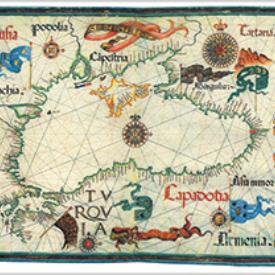
The Black Sea: Civilizations at the Crossroads of Europe and Asia
All-Day Program
Sat., Nov. 4 at 10 AM
From antiquity to our own day, the Black Sea has been a crossroads of civilizations and is still a bridge between Europe and the Middle East and between the cultures of Eastern Orthodox Christianity and Islam. Charles King, professor of international affairs and government at Georgetown University, journeys into the turbulent past and present of this fascinating region.
Your login name is:

You have received this email based on your subscription to this topic or because this topic matches your ticket purchases with the Smithsonian Associates. To ensure delivery to your inbox (not junk folder), please add CustomerService@SmithsonianAssociates.org to your address book or safe list.
We want to make sure that you receive timely information about special Smithsonian offers and programs that are tailored to your interests. If you're not happy with the emails you've been receiving, feel free to update your subscriptions anytime. Manage your preferences here>>

1100 Jefferson Drive SW, Washington, D.C. 20560
202-633-3030 | CustomerService@SmithsonianAssociates.org
